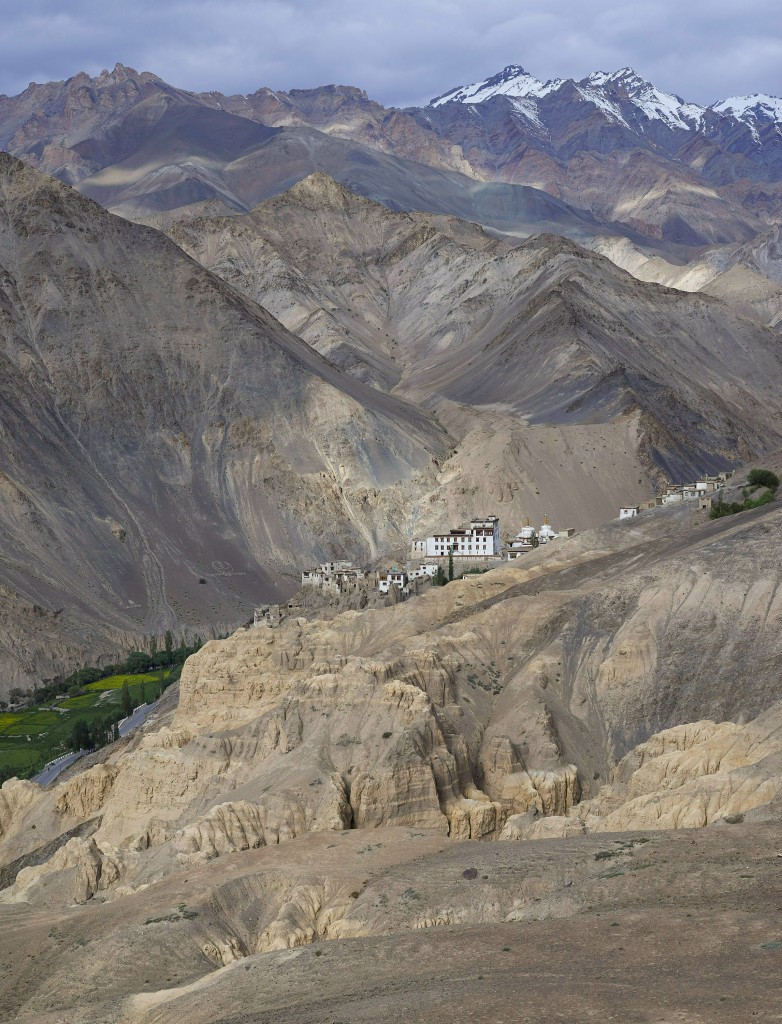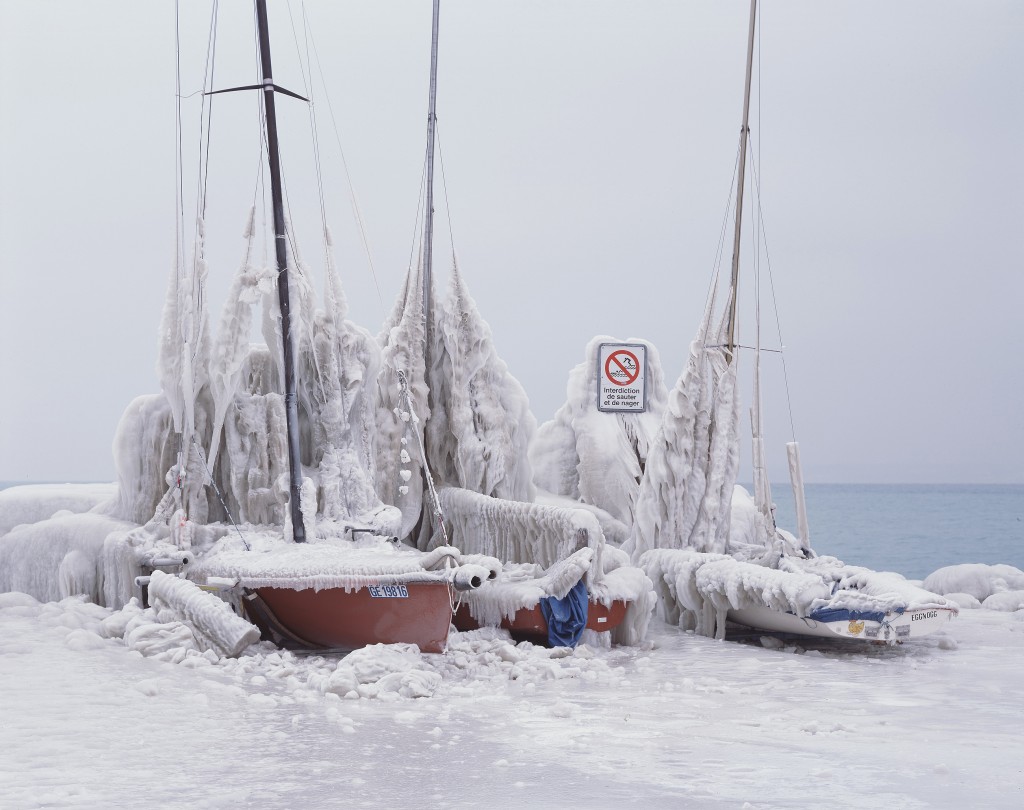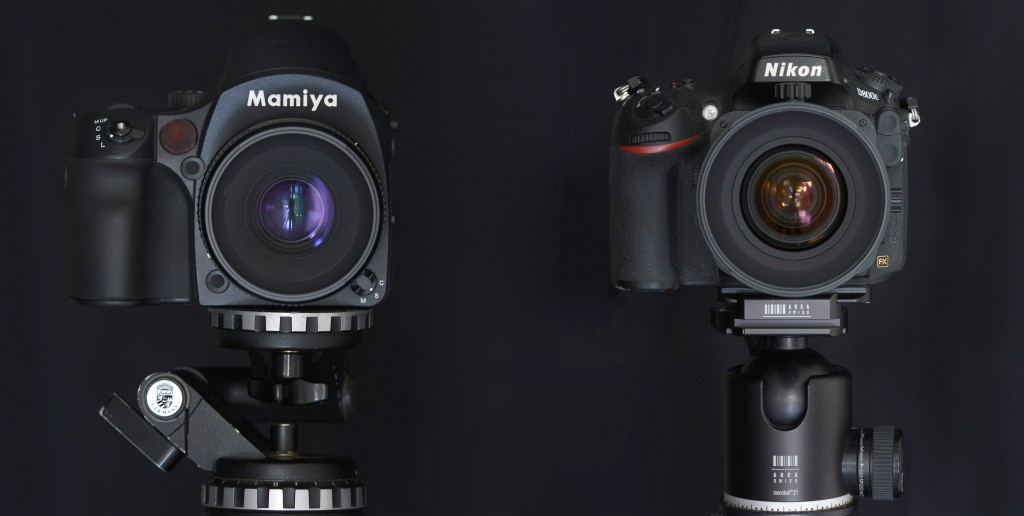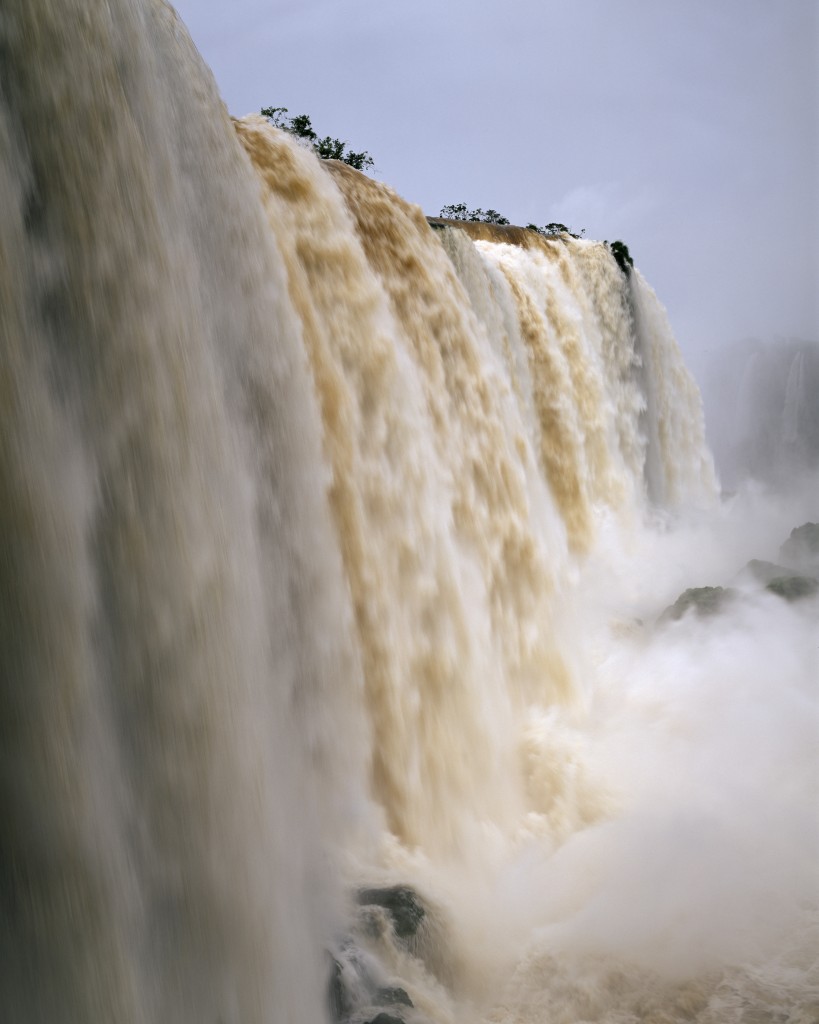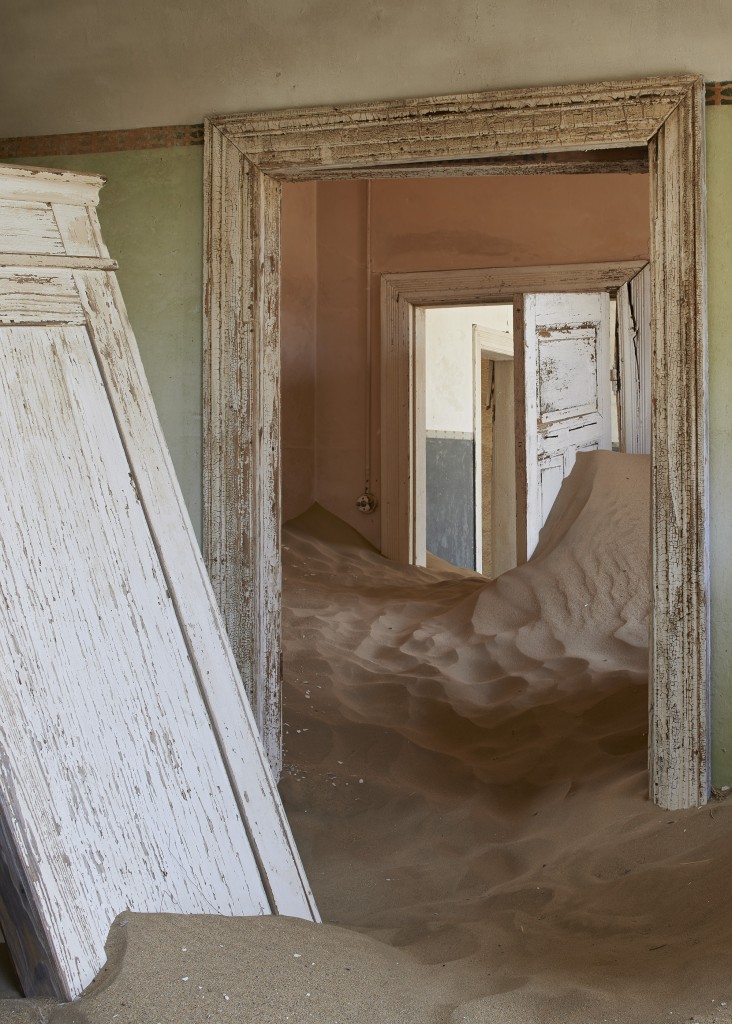Digital versus film photography has been a hot topic of debate for about 10 years. While most professionals have made their decision based on workflow, low light performance, reliability, and running costs, amateurs and fine-art photographers have praised the soul of film and the related process as a way of slowing down and thereby increasing the keeper rate.
For my part, I do not subscribe to this argument, because the shot discipline required by the latest generation of digital cameras (be it the Nikon D800E, the Sony a7r, or the upcoming medium format systems equipped with the Sony 33×44 mm CMOS sensor) leads naturally to a slower process: setting up a sturdy tripod, focusing in live view (contrast detection), mirror lock up and shutter delay, multiple capture for stitching and focus stacking, and “development” of the RAW files.
